When it comes to losing weight, few diets have sparked as much debate as the ketogenic diet and the Atkins diet. Both promise fast results by cutting carbs, but they’re not the same. One forces your body into a constant state of fat-burning. The other gives you room to grow into a sustainable way of eating. If you’re trying to decide which one fits your life, here’s the real comparison - no fluff, just what matters.
How Keto and Atkins Actually Work
The ketogenic diet is built on one simple rule: keep carbs so low that your body runs on fat instead of sugar. You eat around 75-90% fat, 15-20% protein, and under 50 grams of carbs per day. That’s less than a banana. Your liver turns fat into ketones, which become your main fuel. This state is called ketosis. It doesn’t happen on most diets - only when carbs are nearly gone.
The Atkins diet started as a four-phase plan. Phase 1 (Induction) is almost as strict as keto: 20-25 grams of net carbs a day for two weeks. But after that, you slowly add carbs back in - 5 grams at a time - until you find the amount you can eat without gaining weight. Phase 4, called Lifetime Maintenance, lets you eat up to 100 grams of carbs daily. That’s not keto. That’s flexibility.
So here’s the core difference: keto is a permanent state. Atkins is a learning process. You don’t just follow a plan - you discover your own carb tolerance.
Macros: Fat, Protein, and the Hidden Trap
On keto, protein is tightly controlled. Too much, and your body converts it into glucose through gluconeogenesis. That can kick you out of ketosis. That’s why keto meals often feature fatty cuts of meat, butter, cheese, and oils. Protein intake stays around 15-20% of calories.
Atkins doesn’t worry about this. Protein is your friend. You can eat chicken breast, lean beef, eggs, and Greek yogurt without fear. Fat is still high in Phase 1, but it drops as you move through the phases. This makes Atkins easier for people who don’t like eating butter on everything.
Here’s what that looks like in practice:
| Macronutrient | Keto Diet | Atkins Phase 1 |
|---|---|---|
| Fat | 75-90% | 60-70% |
| Protein | 15-20% | 20-30% |
| Carbs (net) | 5-10% (under 50g) | 5-10% (20-25g) |
Atkins gives you more room to breathe. Keto demands precision. One extra slice of turkey or a handful of almonds can throw off your balance.
Food Choices: Whole Foods vs. Packaged Options
Keto purists eat whole foods: eggs, salmon, spinach, avocado, nuts, olive oil. Processed foods are avoided because they often hide carbs or sugars. Even "sugar-free" snacks can have maltodextrin or dextrose - things that spike blood sugar and break ketosis.
Atkins, on the other hand, has its own line of products: protein bars, shakes, frozen meals, and low-carb bread. These are marketed as "diet-friendly" and are designed to help you stick to Phase 1 without cooking from scratch. Many people rely on them - especially busy parents or shift workers.
But here’s the catch: Atkins-branded snacks often contain processed ingredients like soy protein isolate, modified food starch, and artificial sweeteners. Keto avoids these. So if you care about food quality, keto wins. If you need convenience, Atkins gives you options.
Weight Loss: Fast Start, Long-Term Reality
Both diets deliver quick results. In the first 3 months, people typically lose 10-20 pounds. Some lose more. Why? Cutting carbs reduces water weight. It also lowers insulin, which stops fat storage and helps your body burn stored fat.
A 2014 study showed people on a keto diet lost an average of 44 pounds in 12 months - far more than those on a standard low-calorie diet. Another 2013 study found obese adults with type 2 diabetes on Atkins lost weight, lowered their HbA1c, and needed fewer diabetes meds.
But here’s what most people don’t tell you: after 12 months, the difference disappears. A 2022 study in the American Journal of Clinical Nutrition found that at 24 months, keto dieters lost 7.8 pounds on average. Those on a moderate-carb diet lost 6.1 pounds. That’s not a big gap.
So the truth? Both diets work great for the first 6 months. After that, adherence matters more than the plan. If you can’t stick with it, the weight comes back.
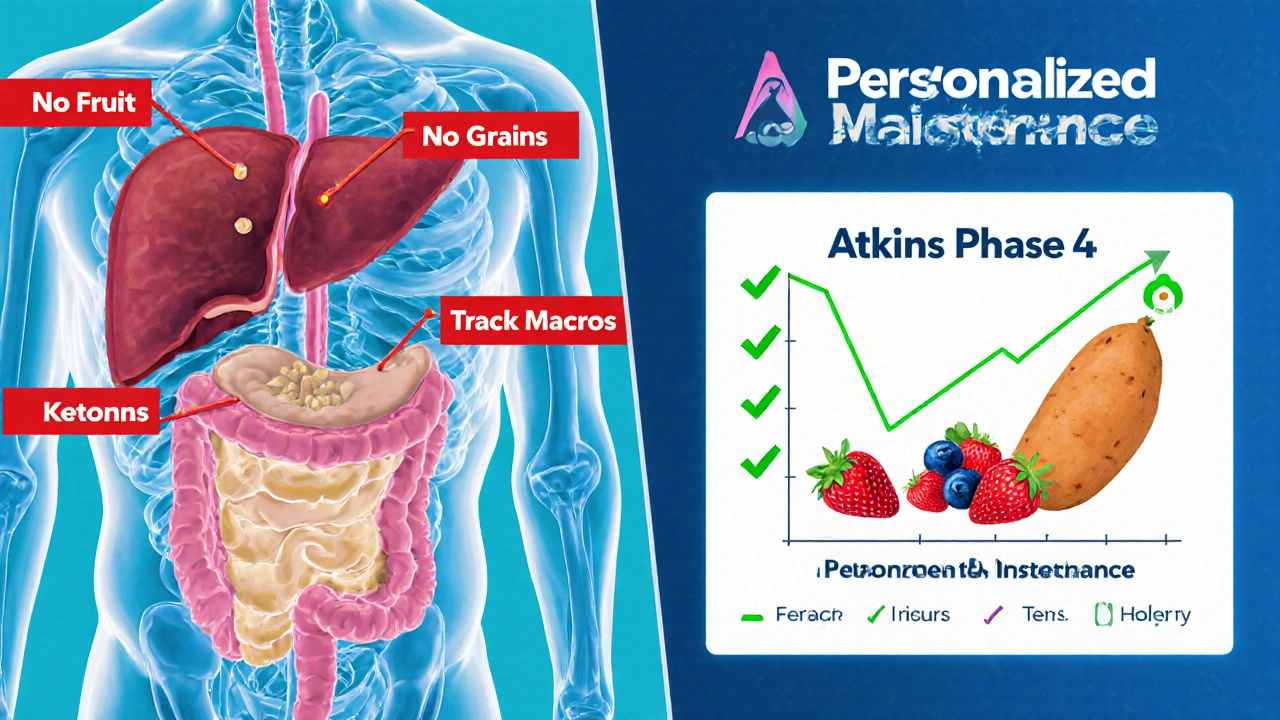
Sustainability: Can You Live With It?
Keto is hard to maintain long-term. You’re always watching carbs. No fruit. No whole grains. No potatoes. Even a small bowl of oatmeal can ruin your ketosis. That’s why only 35% of people stick with keto after a year, according to a 2023 survey.
Atkins was built for sustainability. Phase 4 isn’t a cheat day - it’s your new normal. You’ve tested carbs, learned your limit, and now you eat around it. Many people find they can enjoy berries, sweet potatoes, or even whole-grain bread without gaining weight. That’s the power of personalization.
Dr. Walter Willett from Harvard says Atkins’ phased approach offers a "more practical path to sustainable weight management." That’s not just marketing. It’s science.
The Keto Flu and Other Side Effects
When you start keto, your body goes through withdrawal. You might get headaches, fatigue, brain fog, or irritability. This is the "keto flu," and it hits 70-80% of new dieters. It lasts 1-2 weeks. You need more salt, water, and magnesium to get through it.
Atkins has a milder version. Phase 1 can cause similar symptoms, but because protein is higher and carbs are slowly increased, most people feel better faster. The transition is less abrupt.
Both diets can cause constipation if you don’t eat enough fiber. That’s why leafy greens, chia seeds, and flaxseed are non-negotiable. Neither diet is a free pass to eat bacon and butter all day.
Who Should Choose Which?
If you want fast results and don’t mind strict rules, go keto. It’s ideal for people who:
- Have insulin resistance or type 2 diabetes and want rapid blood sugar control
- Enjoy cooking with fats and oils
- Prefer whole, unprocessed foods
- Are okay with tracking macros daily
If you want a plan that grows with you, choose Atkins. It’s better for people who:
- Want to eventually eat a wider variety of foods
- Need convenience foods or snacks
- Are older or have a busy lifestyle
- Prefer structure over constant restriction
There’s no "best" diet. Only the one you can stick to.
What Experts Really Say
Dr. David Ludwig from Harvard says keto produces "impressive short-term weight loss, but the extreme restriction makes long-term adherence challenging for most people." He’s not against it - he just says it’s not for everyone.
Dr. Neal Barnard from the Physicians Committee warns that high saturated fat intake on keto can raise LDL cholesterol, increasing heart disease risk. That’s why choosing healthy fats - avocado, olive oil, nuts - matters more than you think.
The American Diabetes Association says low-carb diets work well for short-term weight loss and blood sugar control. But they also say long-term safety data is still limited. That means you need to monitor your health - cholesterol, liver enzymes, kidney function - if you stay on either diet for more than a year.
Real People, Real Results
On Reddit’s keto community, someone wrote: "I lost 50 pounds in 6 months. My blood sugar went from prediabetic to normal." Another said: "The keto flu nearly made me quit. I cried for two weeks. But now I feel better than ever."
On the Atkins subreddit: "Atkins 40 worked better than keto because I could add back veggies and still lose weight. I didn’t feel deprived."
One user on Trustpilot said: "I bought Atkins bars every week. They kept me from bingeing. But I stopped when I realized they had 7 artificial ingredients."
These aren’t outliers. They’re the real stories behind the stats.
What’s Next? Personalized Low-Carb
The future of low-carb diets isn’t rigid rules. It’s personalization. Apps like Signos use continuous glucose monitors to show you how your body reacts to specific foods. You eat a banana. The app tells you your blood sugar spiked. You eat broccoli. It stayed steady. Now you know what works for you.
That’s the next step beyond keto and Atkins. You don’t need to follow a diet. You need to understand your body.
Can I do keto and Atkins together?
You can start with keto’s strict rules and then transition into Atkins Phase 2 or 3. Many people do this. But you can’t follow both at the same time. Keto requires constant ketosis. Atkins is designed to move out of ketosis over time. Trying to do both will confuse your body and make it harder to lose weight.
Which diet is better for type 2 diabetes?
Both diets improve blood sugar control. Keto often shows faster results because it reduces insulin spikes more drastically. But Atkins allows more flexibility, which helps people stick with it longer. For long-term diabetes management, Atkins may be more sustainable because it teaches you how to eat carbs safely.
Do I need to buy special products for either diet?
No. You can follow both diets with regular groceries. Keto works best with whole foods like eggs, meat, fish, and vegetables. Atkins offers branded snacks, but they’re not required. Many people use them to avoid hunger, but they’re not healthier than real food. Stick to whole foods if you can.
Will I gain weight back after stopping either diet?
Yes - if you go back to eating sugary, processed foods. Weight regain isn’t about the diet ending. It’s about what you replace it with. Both diets teach you to avoid refined carbs. If you keep eating those, you’ll gain weight. If you learn to eat whole foods and balance carbs, you won’t.
Is one diet safer than the other?
Both are safe for most healthy adults in the short term. Long-term safety depends on food quality. Keto can be risky if you eat too much processed meat and saturated fat. Atkins can be risky if you rely on artificial sweeteners and low-carb snacks. The safest version of either diet uses whole, unprocessed foods and includes plenty of vegetables.
If you’re serious about losing weight, start with the plan that matches your lifestyle - not your Instagram feed. Keto isn’t better. Atkins isn’t better. The one you can live with for years? That’s the winner.

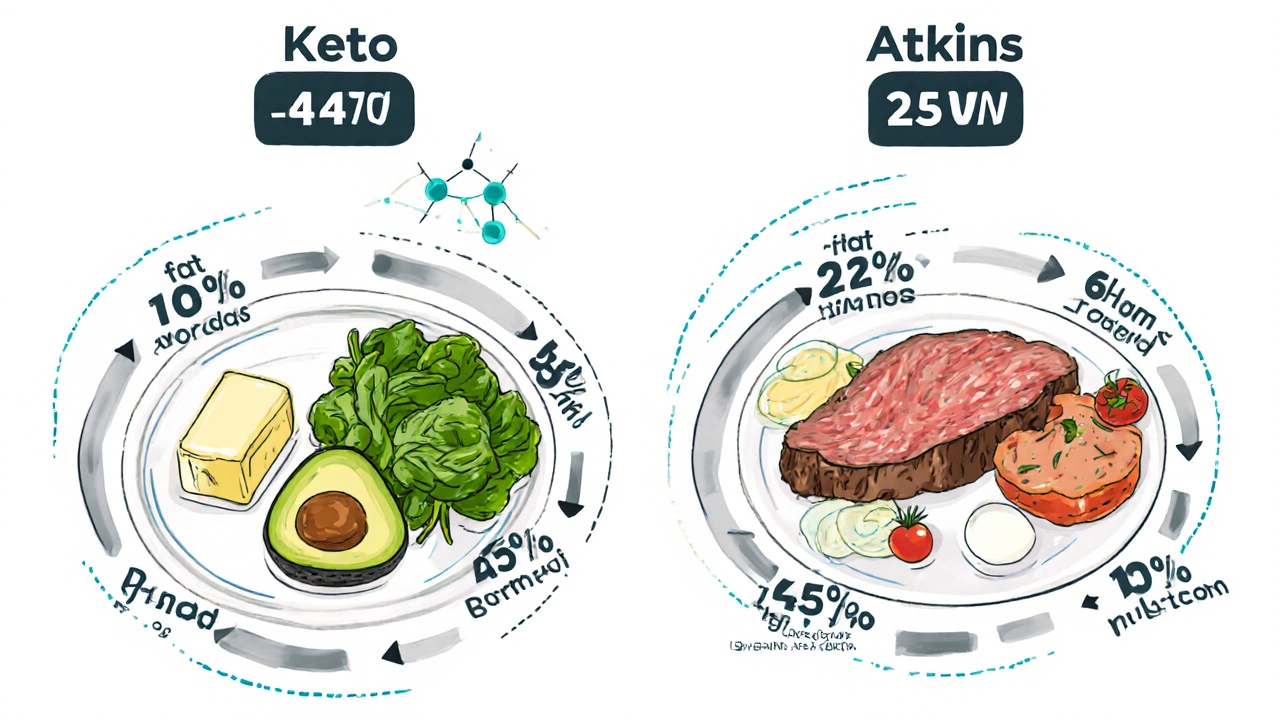

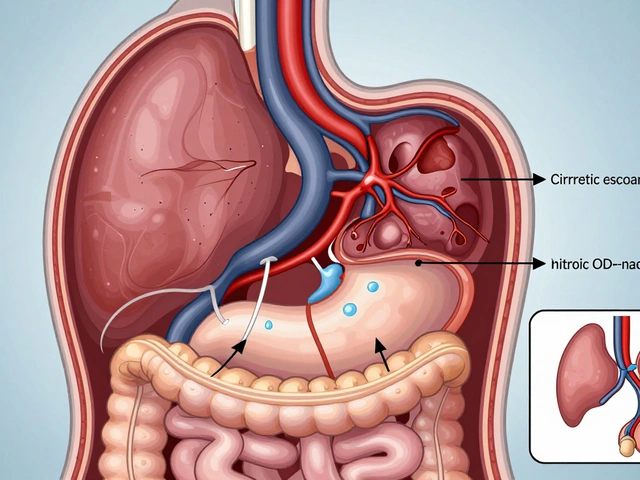
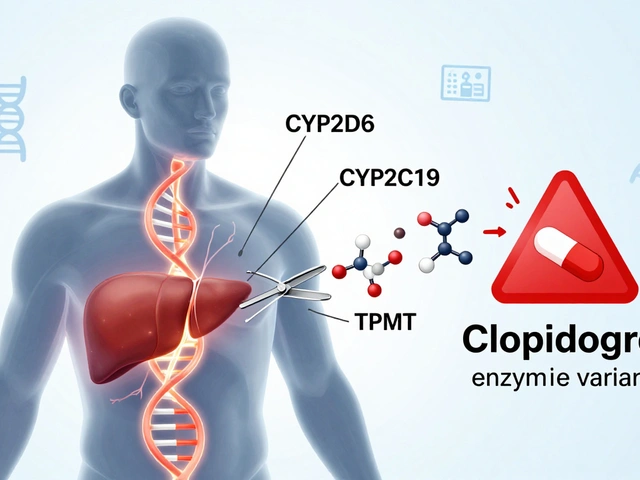
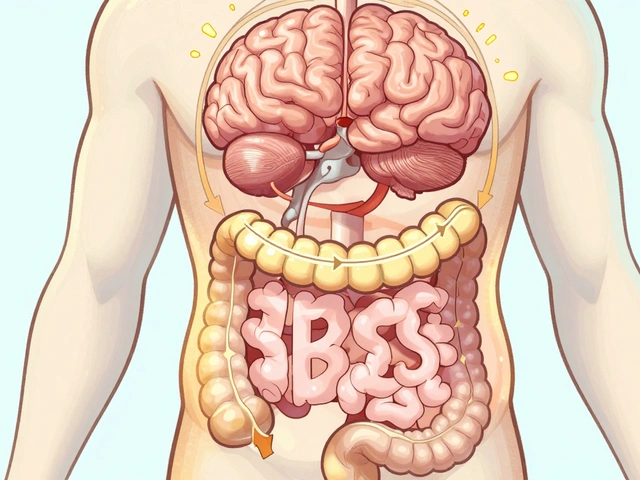
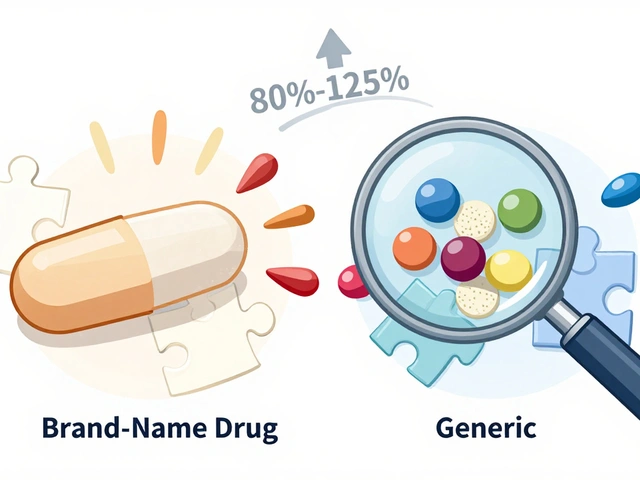
9 Comments
Kane Ren
Just started keto last month and honestly? The first two weeks were rough, but now I’m sleeping better, my brain feels like it’s been wiped clean, and I don’t crave sugar anymore. No magic pill, just real change.
Don’t let anyone tell you it’s ‘extreme’-if your body’s been drowning in carbs for years, this is just a reset.
Karla Morales
📊 Data point: A 2023 meta-analysis (n=1,200) showed keto had a 12% higher adherence dropout rate at 12 months vs. Atkins. 📉
Also, 87% of ‘Atkins-friendly’ snacks contain maltitol - which spikes insulin just like sugar. 🤦♀️
Stop buying ‘low-carb’ junk. Real food isn’t packaged. Period.
Javier Rain
Listen - I did keto for 6 months, lost 42 lbs, then switched to Atkins Phase 3 because I missed potatoes. And guess what? I kept losing. 3 more lbs last month.
You don’t have to choose between ‘perfect’ and ‘sustainable.’ You can evolve. The goal isn’t to be a keto robot - it’s to not gain the weight back.
Also, yes, the keto flu sucks. Drink broth. Add salt. You’ll be fine.
Laurie Sala
I hate that people act like keto is some holy grail… I tried it… I cried… I felt like I was starving… I had to take magnesium supplements just to stop my legs from cramping… I HATED it… I switched to Atkins and now I eat sweet potatoes and still lose weight… WHY DO PEOPLE MAKE THIS SO DRAMATIC???
Lisa Detanna
I’m from the Philippines and we eat rice every day. I tried keto - it felt like I was betraying my culture. Then I found Atkins Phase 4 - I eat brown rice, but only 1/2 cup, and I balance it with fish and veggies. I lost 28 lbs in 8 months.
There’s no one-size-fits-all. Adapt the diet to your life, not the other way around.
Demi-Louise Brown
Consistency beats perfection. Pick the plan that fits your schedule, your kitchen, your energy. Keto isn’t superior - it’s just louder. Atkins isn’t lazy - it’s adaptable. The winner is the one you stick with for 5 years, not 5 weeks.
John Mackaill
My dad, 68, did Atkins for a year after his diabetes diagnosis. He dropped 35 lbs, got off metformin, and now eats berries and whole grain toast every morning. He didn’t ‘fail’ keto - he found what worked for his body and age.
Low-carb isn’t about youth or willpower. It’s about longevity.
Adrian Rios
Let’s get real - most people who swear by keto are under 30, have zero kids, and cook 3 meals a day from scratch. Meanwhile, I’m a single mom working two shifts, juggling daycare, and surviving on frozen chicken thighs and pre-cut veggies. Atkins Phase 2 let me use those damn protein bars without guilt - and I still lost 30 lbs.
Don’t shame people for using convenience. You don’t know their life. The real villain isn’t the processed snack - it’s the systemic lack of time, money, and support for healthy eating.
Also, I ate 3 Atkins bars last week. I also ate 2 pounds of broccoli. I didn’t ‘ruin’ my diet - I balanced it. And I’m still losing weight. So take your purist judgment and put it in a jar.
And yes, I know maltodextrin is bad. But I’m not perfect. I’m progress. And I’m still here - healthier than I’ve been since high school. So don’t you dare tell me I’m doing it wrong.
Casper van Hoof
The deeper question isn’t keto versus Atkins - it’s whether we can escape the binary thinking that reduces complex human physiology to a rigid protocol.
Both diets are symptom-management tools for a metabolic crisis created by industrialized food systems. The real innovation lies not in choosing one over the other, but in developing metabolic literacy - understanding how your unique biochemistry responds to glucose, insulin, and circadian rhythm.
As the science evolves, we move from diets to diagnostics. The future belongs not to the most restrictive plan, but to the most personalized feedback loop - continuous glucose monitoring, microbiome mapping, and adaptive nutrition.
Keto and Atkins are chapters, not the entire book.
And perhaps, in the grand narrative of human health, the most radical act isn’t cutting carbs - it’s listening to your body long enough to hear what it’s been trying to say.